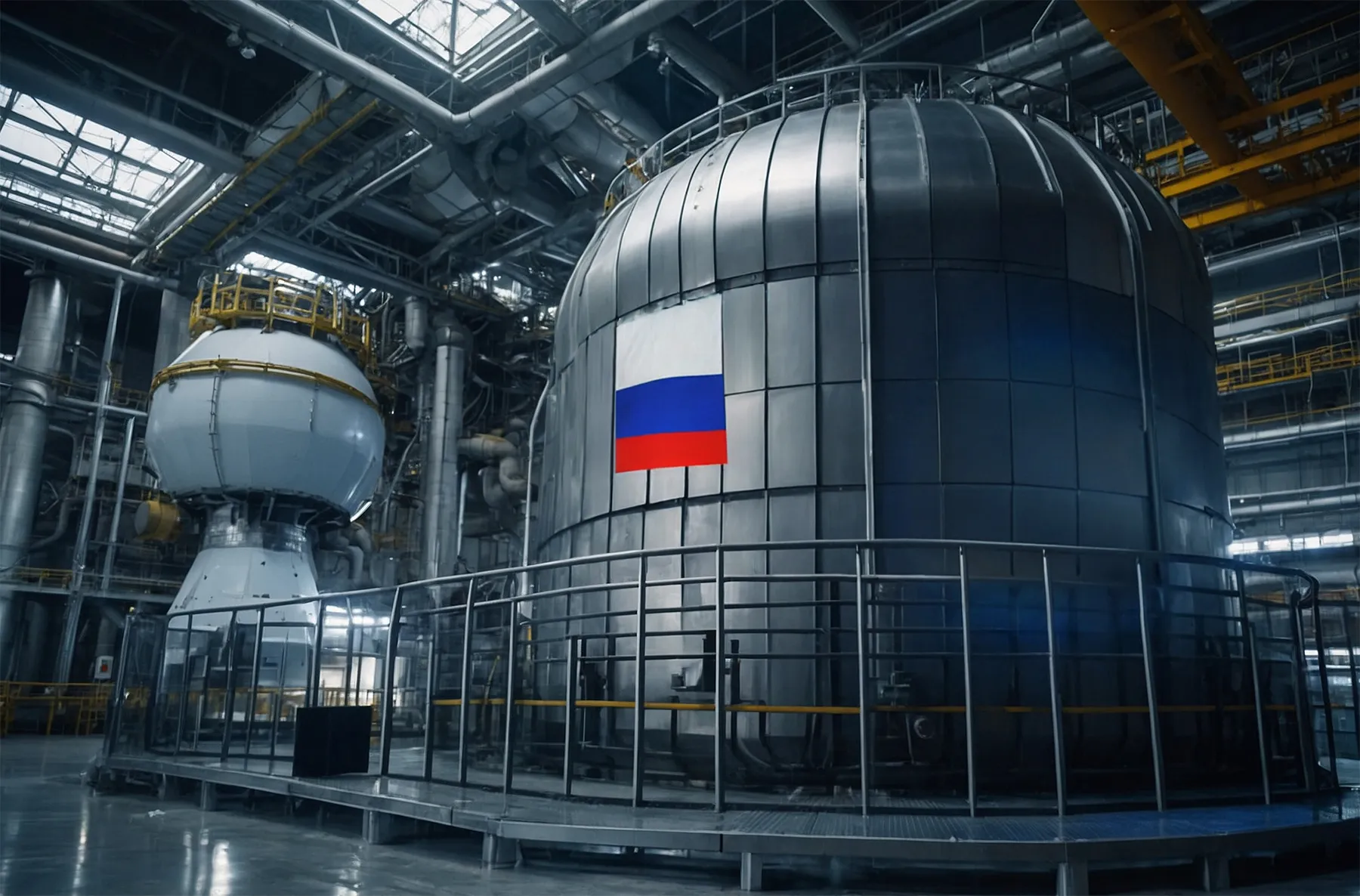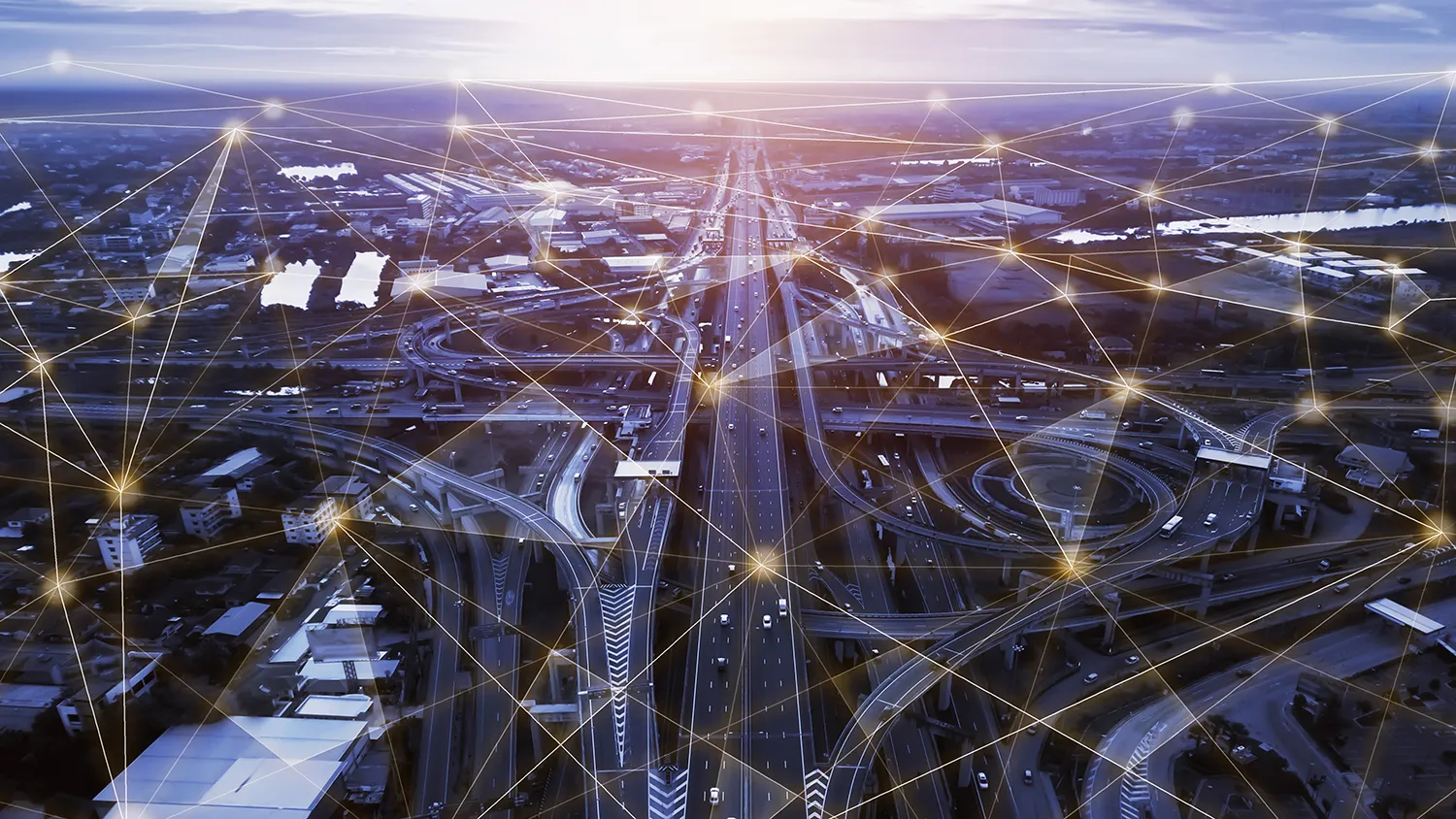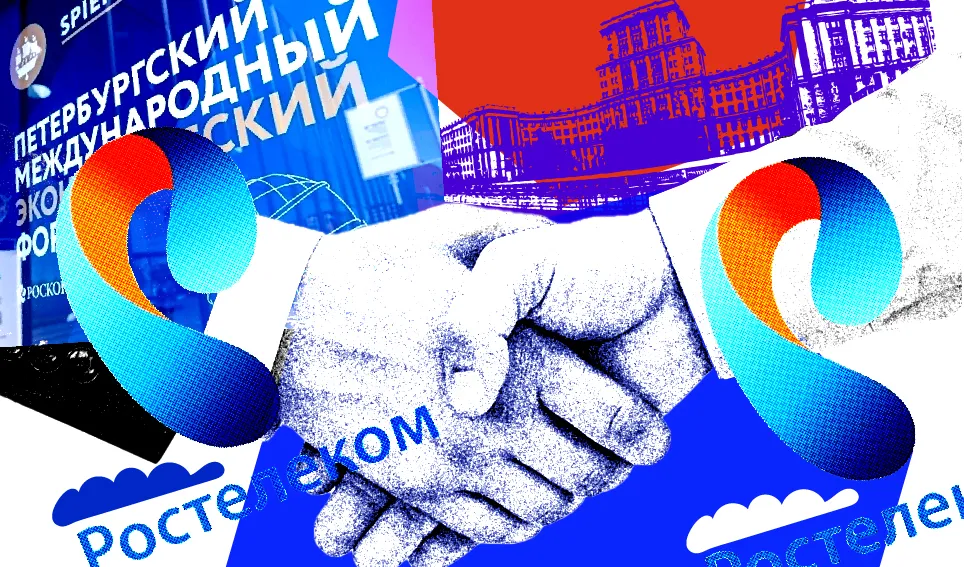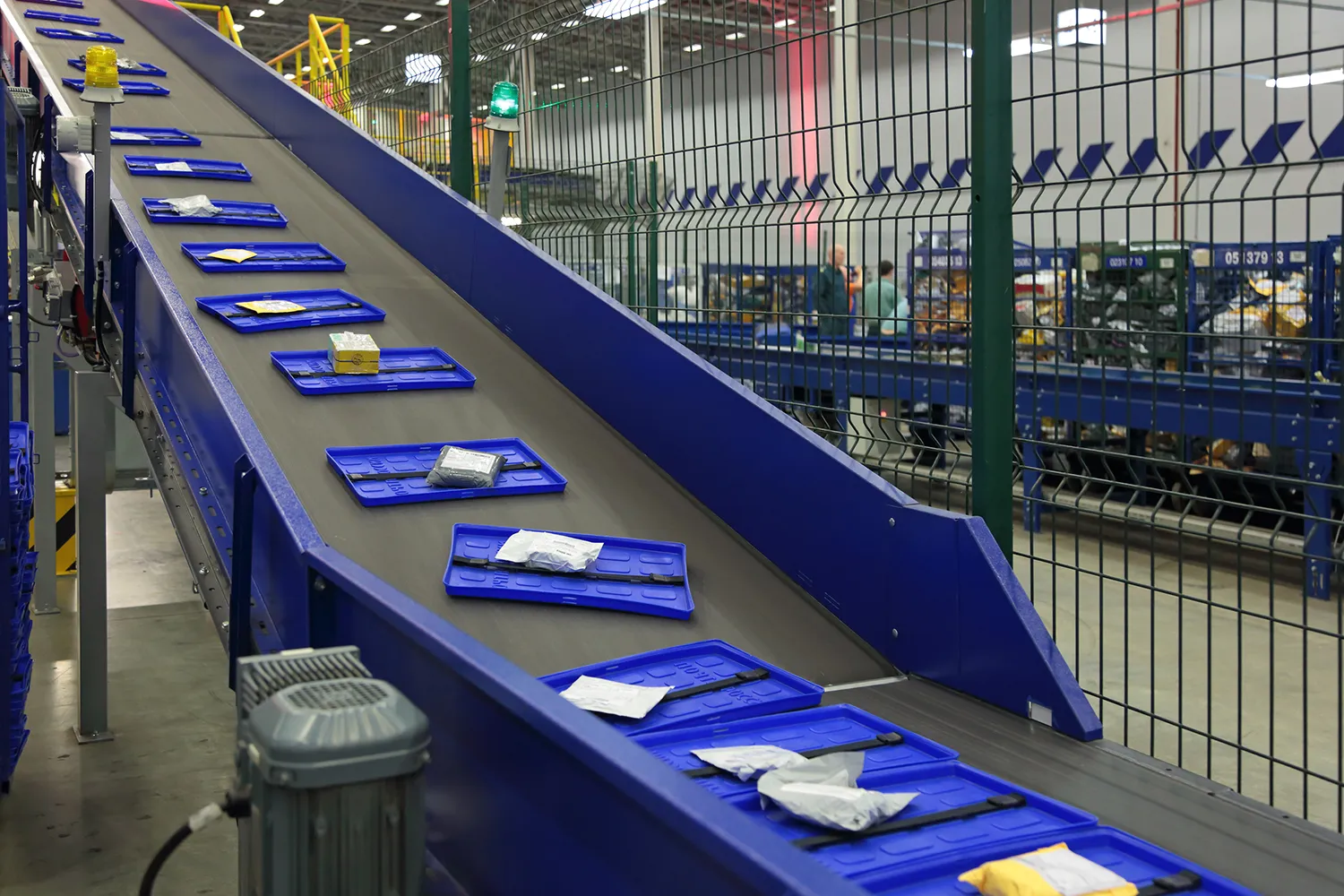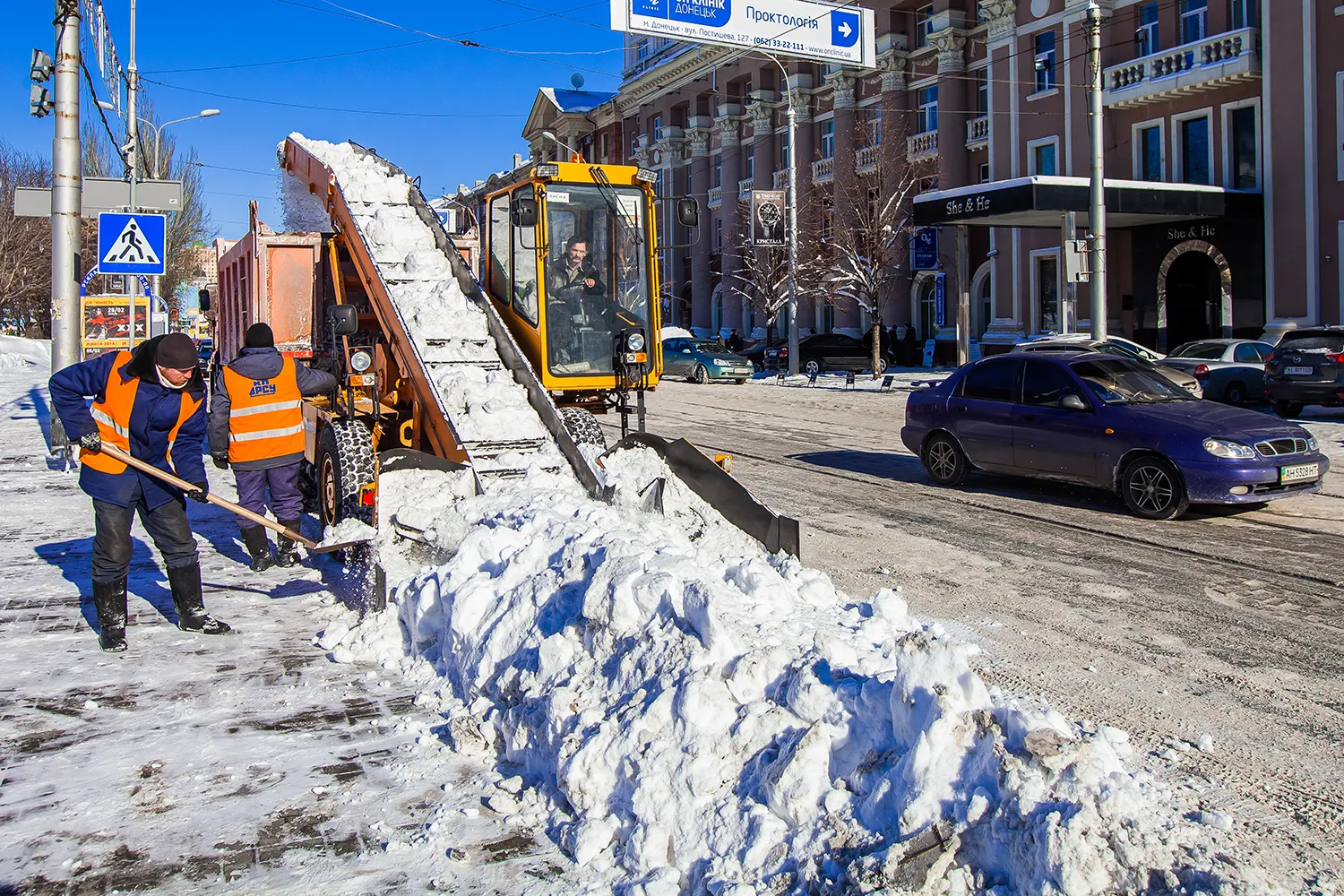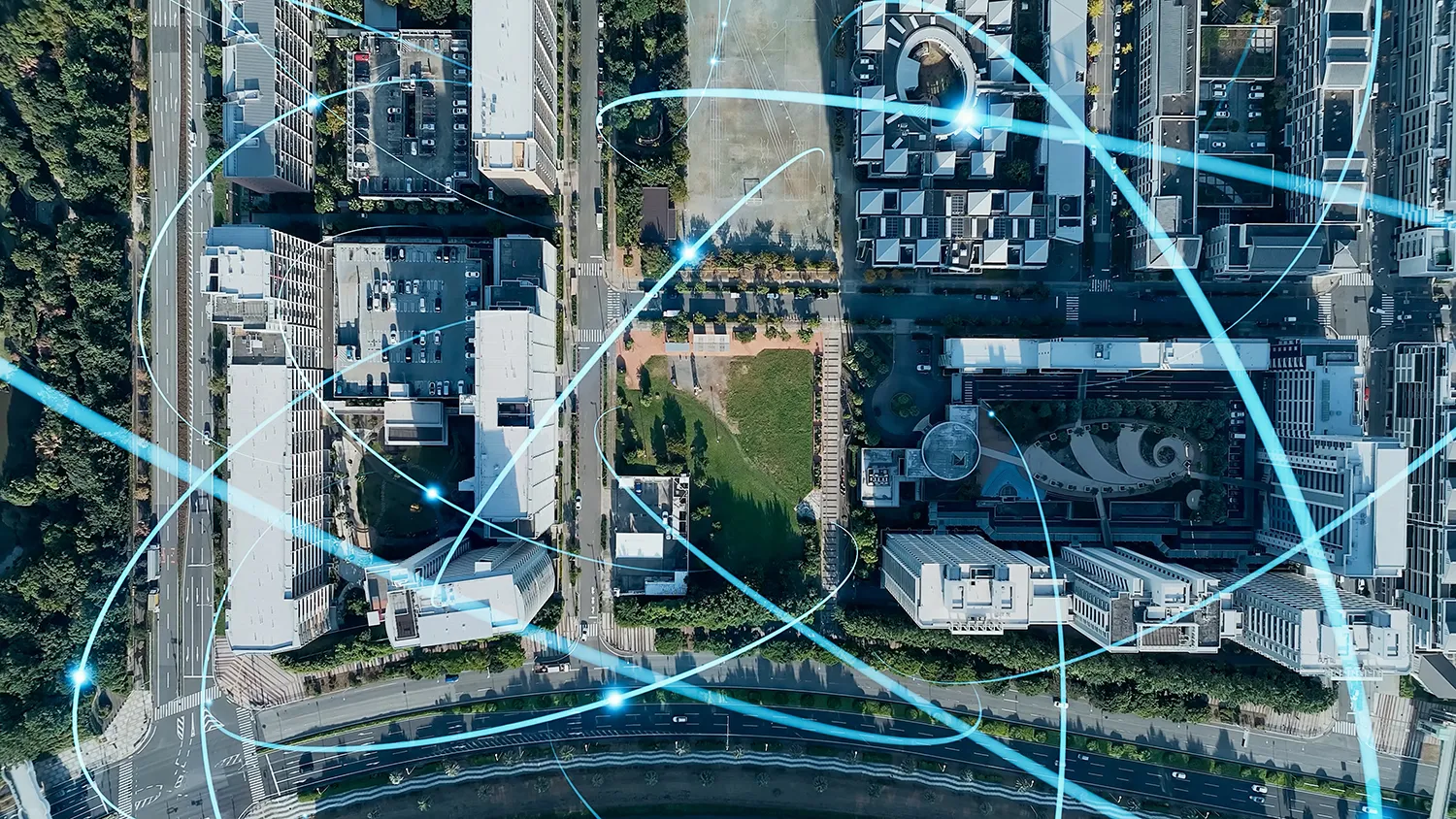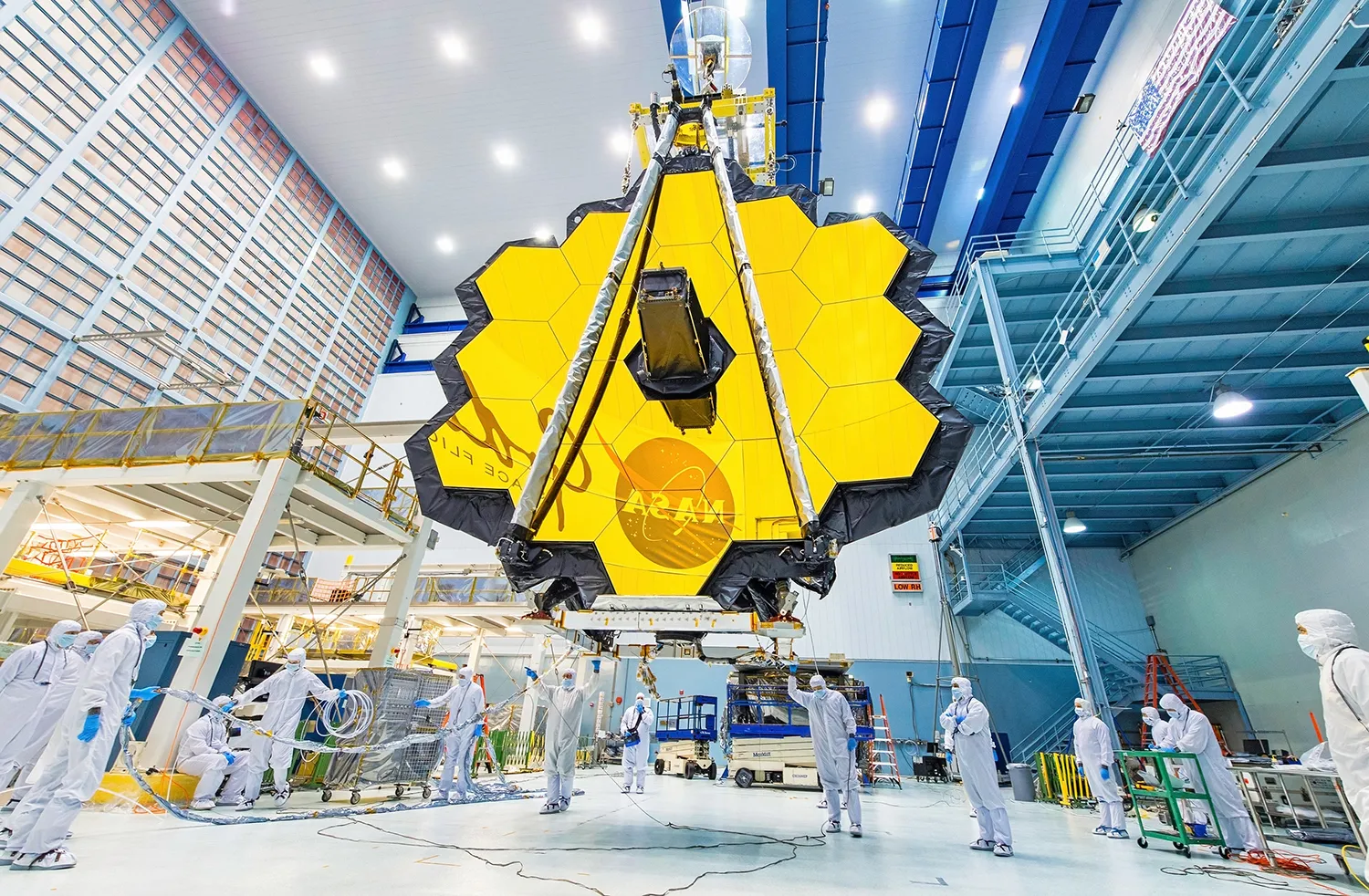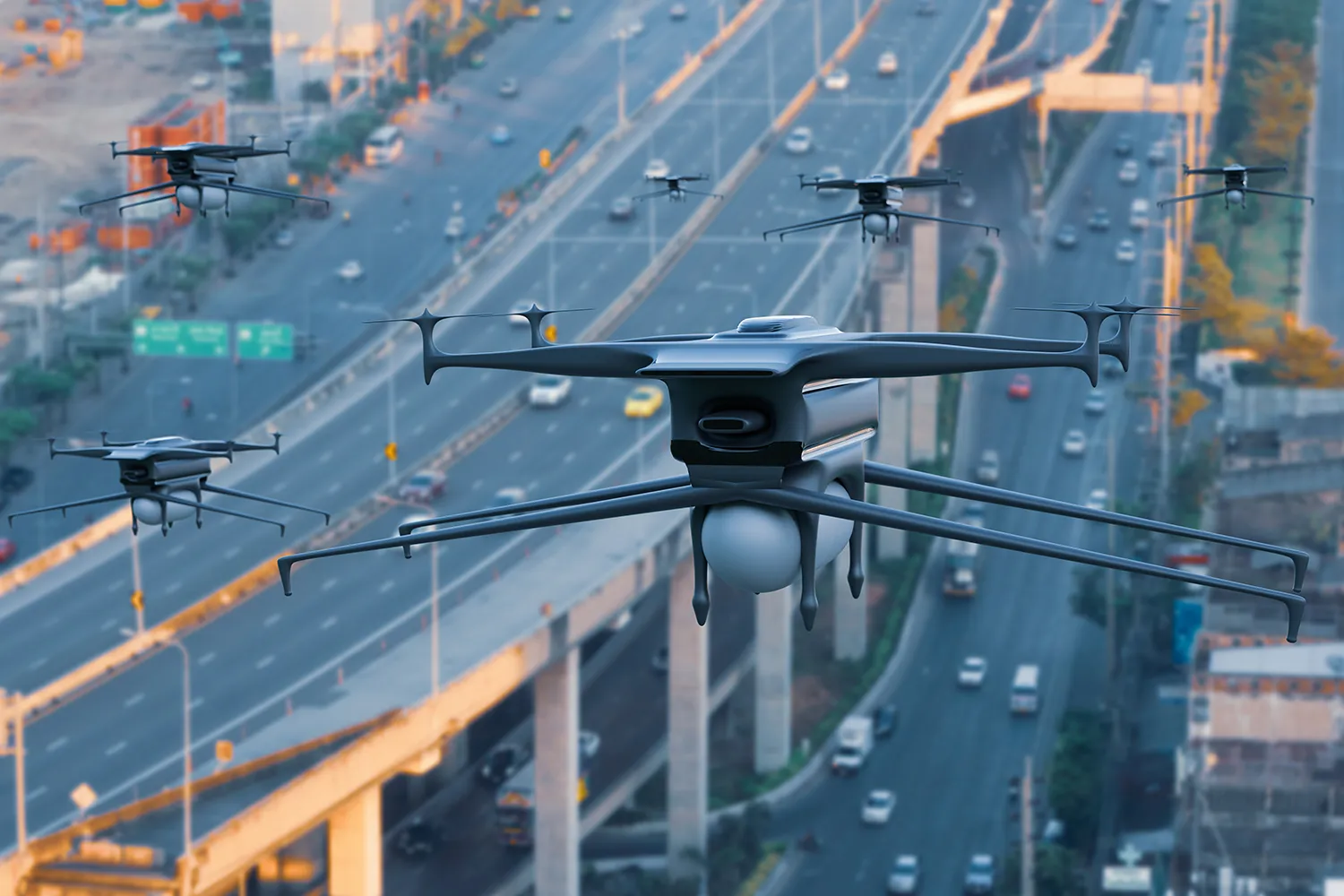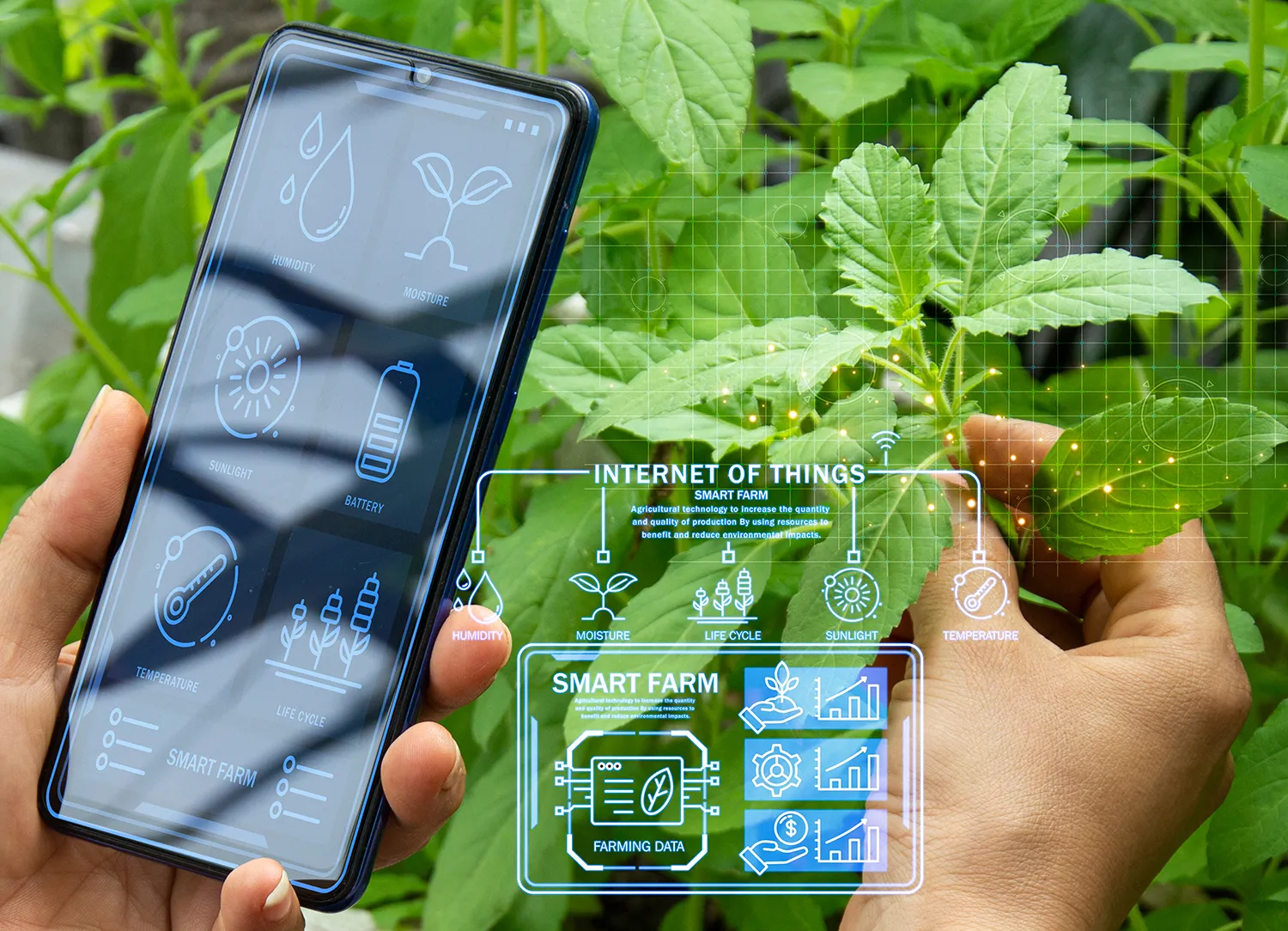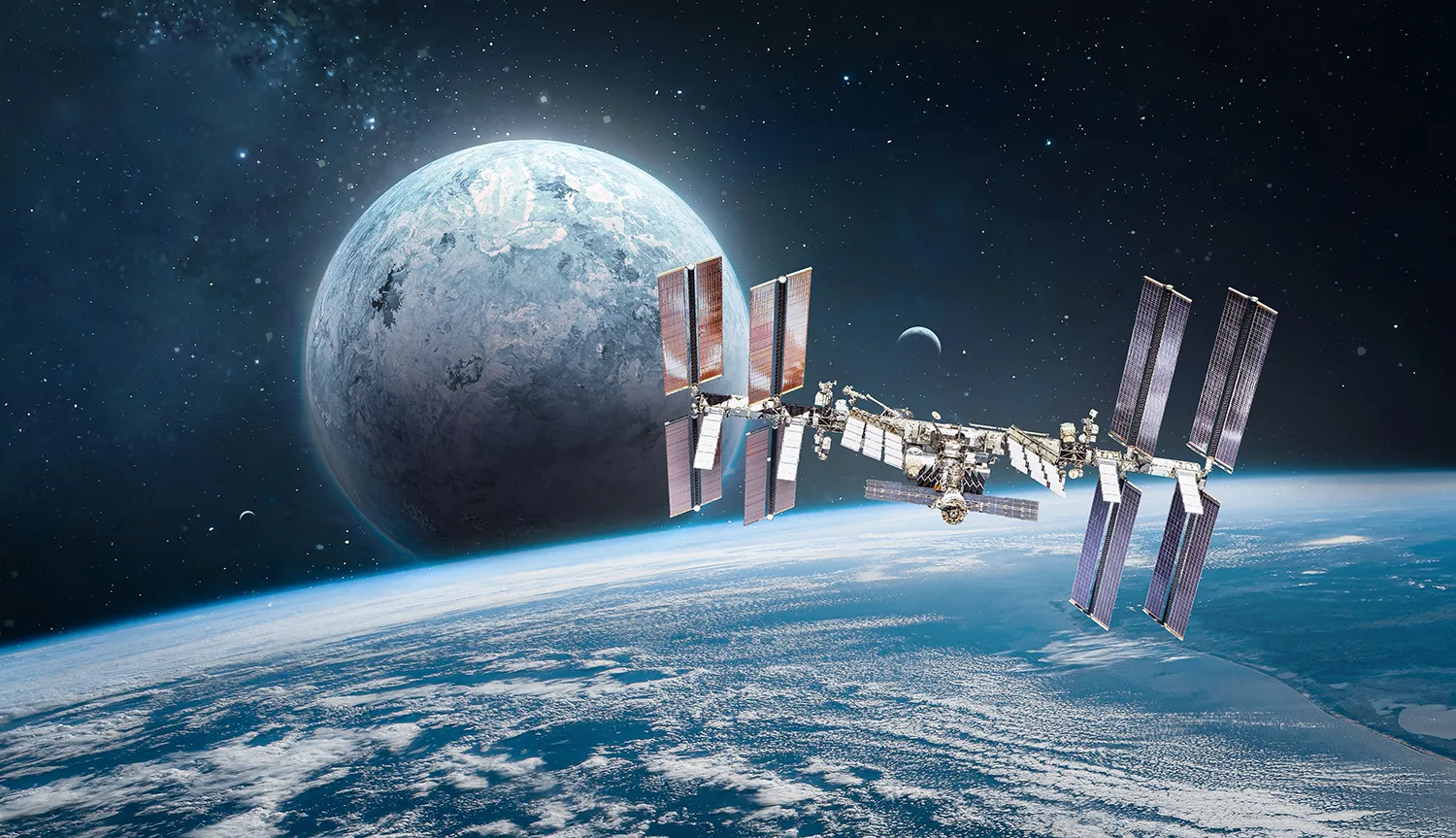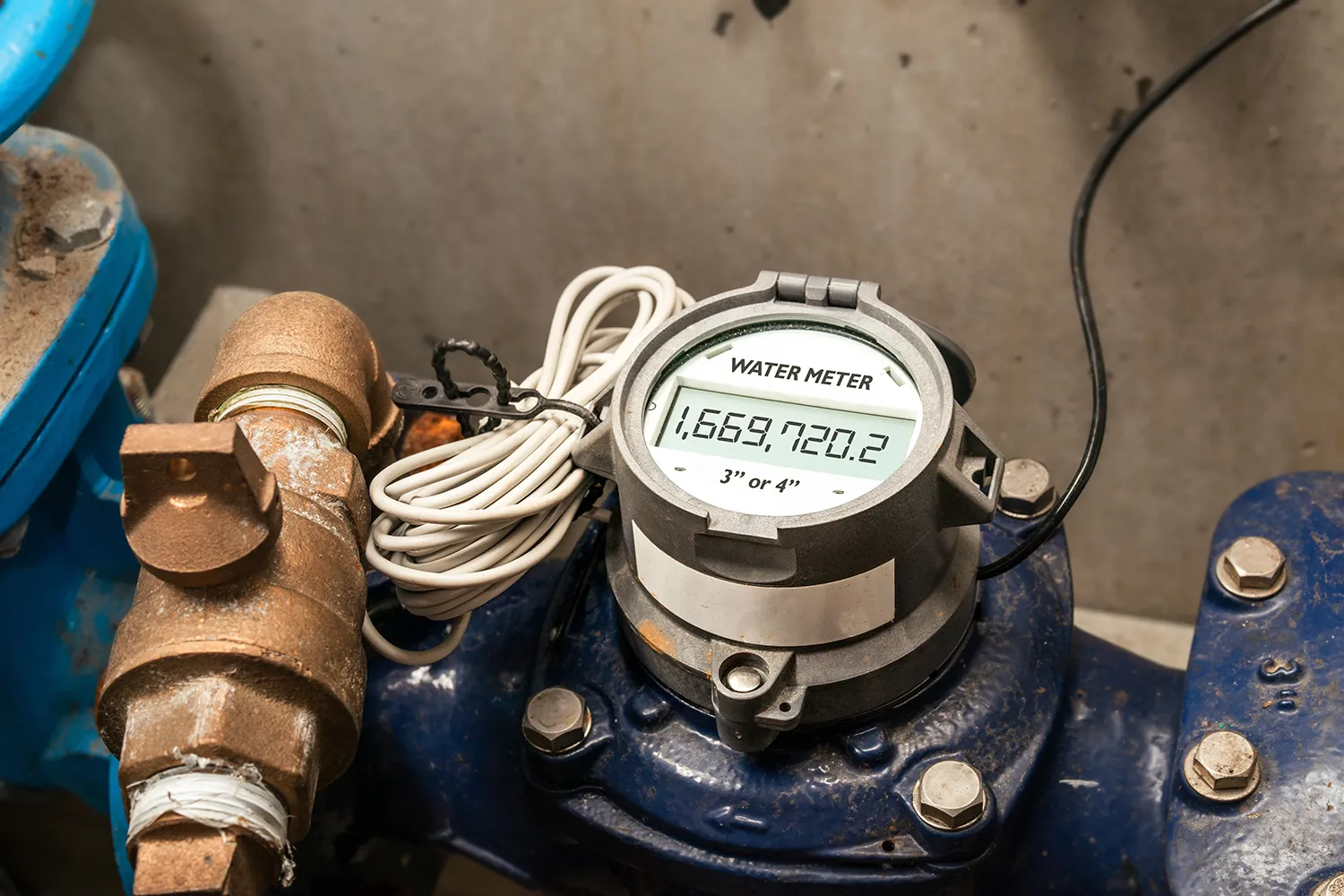Platon: The Backbone of Russia’s Digital Freight Ecosystem
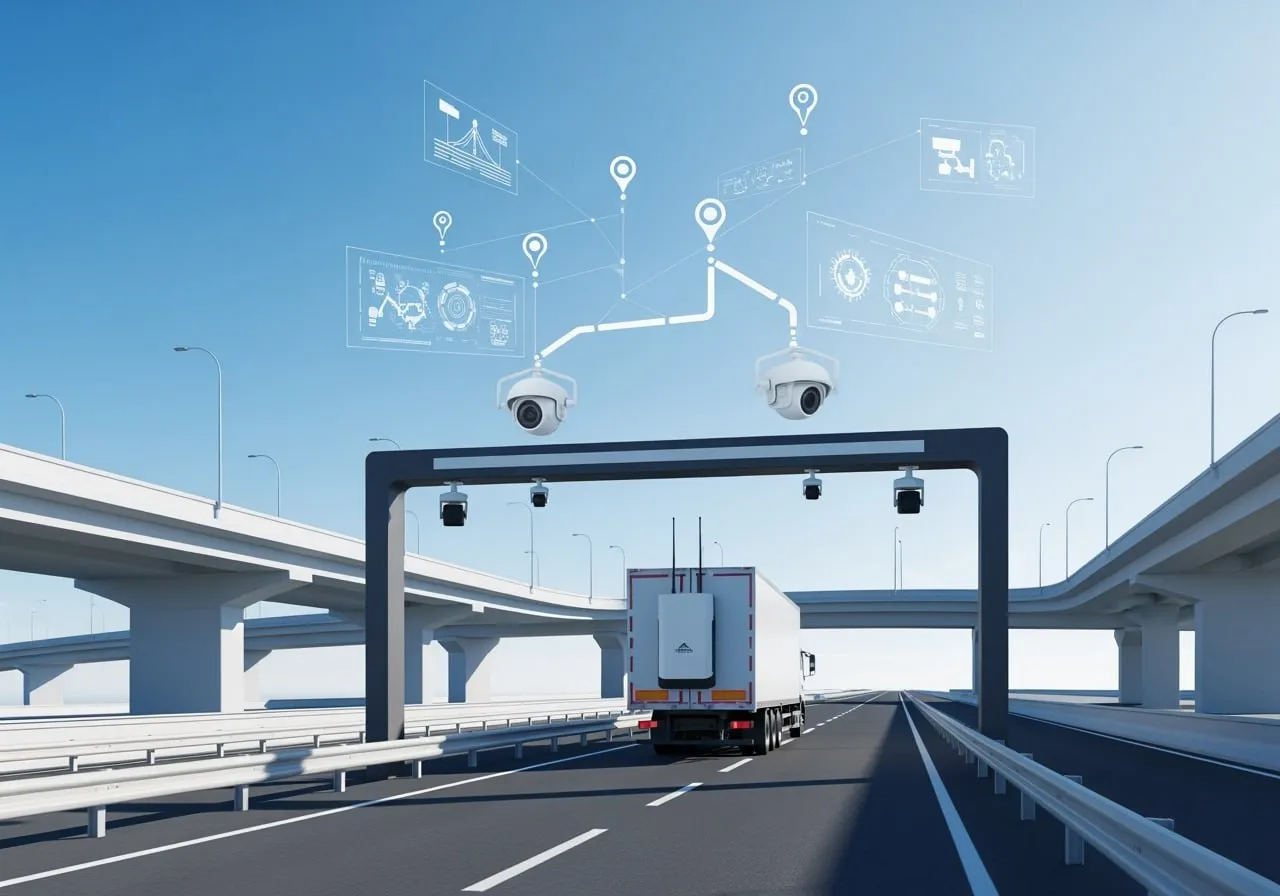
Initially designed to compensate for highway damage caused by heavy trucks, the Russian Platon system has become a comprehensive digital regulator of freight traffic—and a central platform in the digital transformation of national road infrastructure.
Ten Years of Development
Launched in 2015 by the Russian Ministry of Transport and implemented by Avtodor JSC, the Platon system was created to collect tolls from trucks weighing over 12 tons for travel on federal highways. This fee helps fund road maintenance and encourages carriers to treat road surfaces more responsibly. The concept of charging heavy trucks to offset road damage dates back to the early 2010s. However, the system’s initial rollout was rocky.
Between 2016 and 2019, drivers protested the new rules, and technical shortcomings raised concerns. By 2019, however, the system had stabilized, incorporating GPS tracking, license plate recognition, and electronic payments. From 2020 to 2023, the system underwent major software upgrades, including mobile apps, integration with government services, load calculations, and early AI models for traffic analysis.
Today, Platon is a foundational element of Russia’s broader digital transport ecosystem. Its data now support not only toll collection but also infrastructure planning, road monitoring, and traffic control. It is also being integrated with the Unified State Automated Information System (EGAIS) for logistics, road safety networks, and smart road infrastructure.
Technology Stack and Impact
Platon’s technological framework includes:
-- GLONASS/GPS tracking,
-- license plate recognition systems,
-- onboard telematics terminals,
-- integration with the State Traffic Safety Inspectorate (GIBDD), Ministry of Internal Affairs, and RosdorNadzor,
-- a payment platform and carrier dashboard.
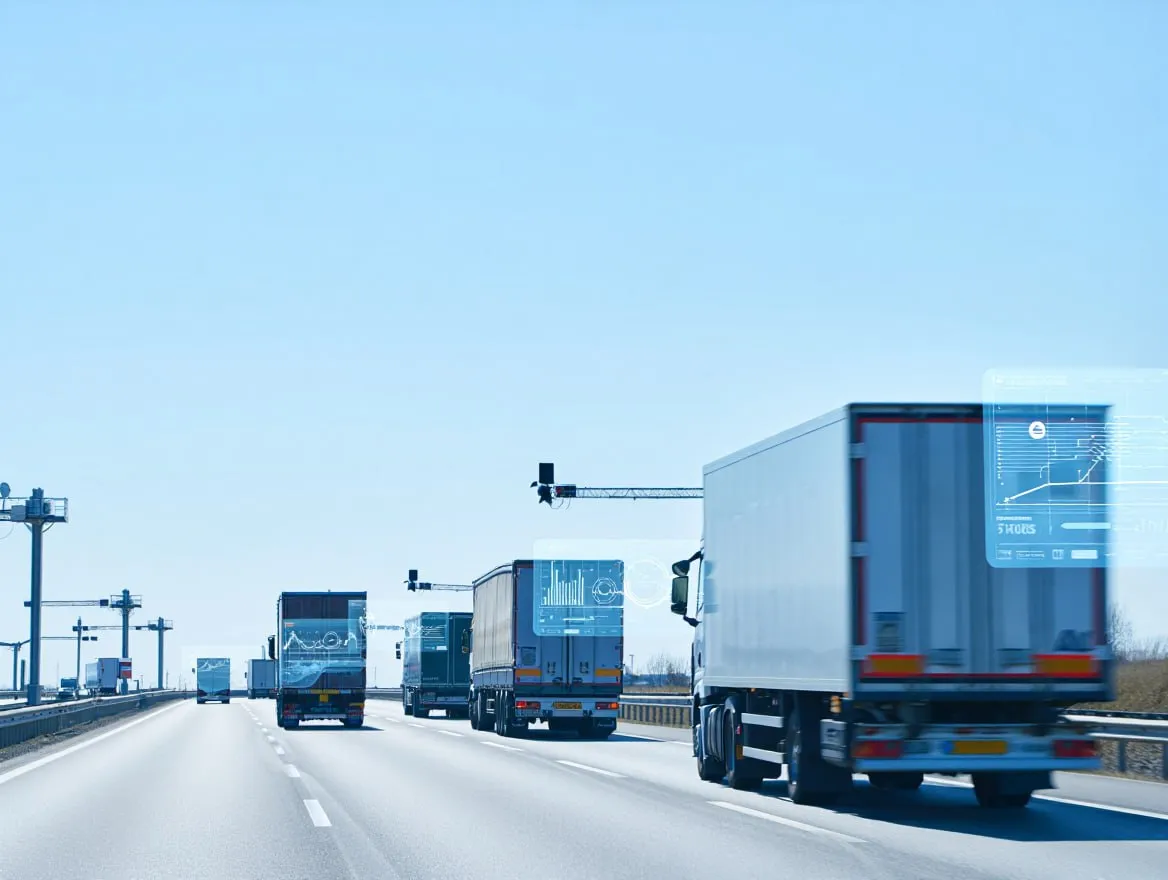
According to the Russian Ministry of Transport, by 2024 Platon covered over 80% of the federal highway network, delivering more than 200 billion rubles annually to the national road fund. Beyond its financial role, Platon’s data have become instrumental in managing freight flows and planning road maintenance.
Outlook and Future Potential
The system is now fully adapted to Russian conditions—climate, road surface quality, logistics, and highway management. Future developments include integration with road condition monitoring and AI to predict repair schedules, expansion to regional highways, Platon’s incorporation into Russia’s Unified Digital Transport System, use of predictive analytics and machine learning to optimize infrastructure usage.
By 2027, Platon is expected to fully support contactless interactions with carriers via EGAIS and blockchain-based services. By 2030, its data will become part of the national transportation management system. Experts believe Platon’s technologies may be of interest abroad. Countries with high freight traffic and limited road oversight—such as those in Central Asia, South America, and Africa—may find value in adopting similar systems. The technology could also be integrated into global freight corridors like TRACECA and among BRICS nations.
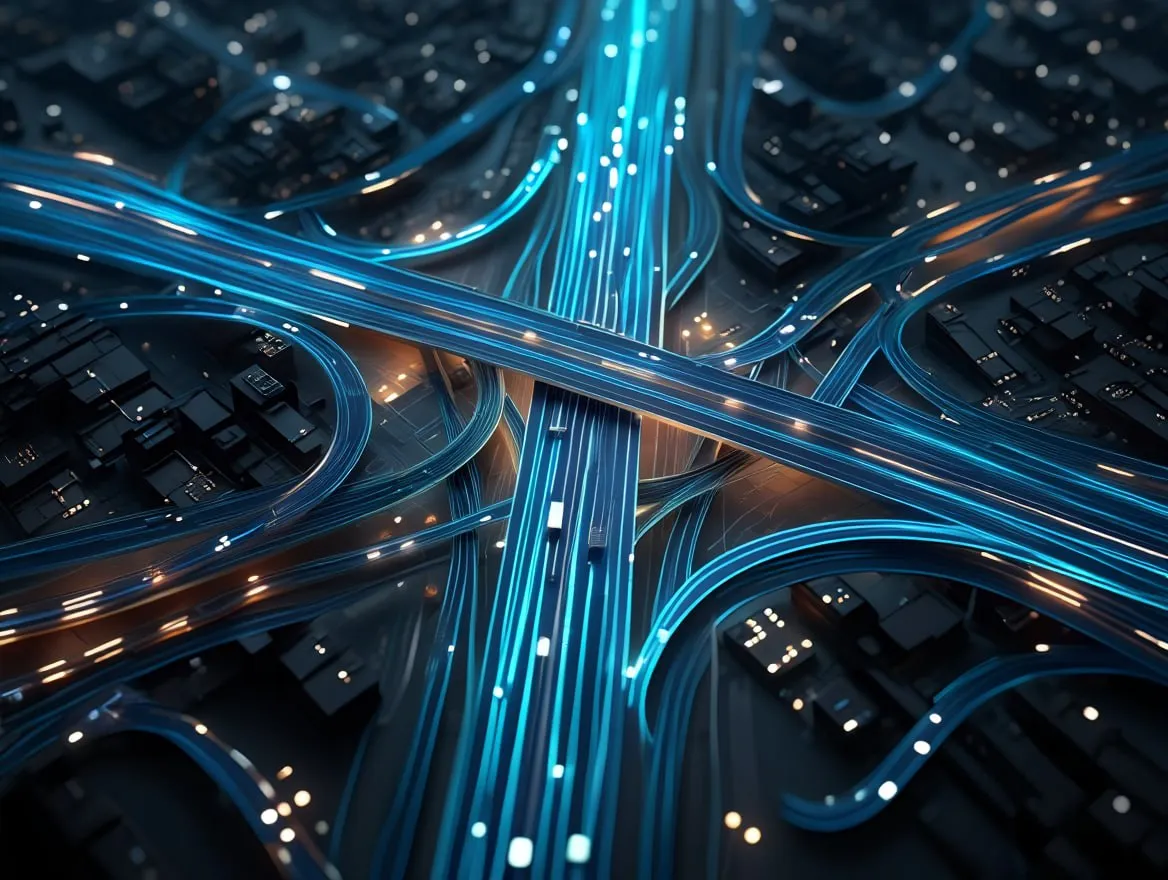
Conclusion
Platon has proven effective not only as a revenue-generation tool but also as a key element in managing transport infrastructure. It has become a flagship project of Russia’s transport digitalization strategy, demonstrating how a state initiative can align with modern IT standards. Now, the system is evolving from toll collection to holistic infrastructure management powered by AI. Its technologies are positioned not only for domestic application but also for international replication—offering a model for countries seeking resilient digital oversight of freight traffic and infrastructure maintenance.









